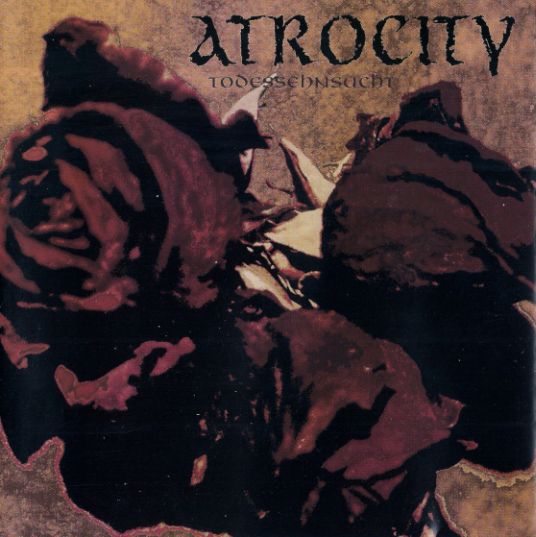Atrocity
Atrocity - Longing for Death (1992)

Longing for Death is a sophisticated album from Death Metal's golden period that has a complex song-writing approach based around odd time signatures and chord-progressions. The result is a surreal journey that takes a form similar to a series of bad hallucinations.
Unpredictable tempo shifts are used to create stormy, dramatic moods. As such the transitions between riffs are often not fluid, much like the passage of a nightmare. Being Death Metal the album hits hard when it needs to hit hard, however noticeably there is no reliance on brutality. A finessed approach is used and the violence is often implied, more akin to something hiding in the shadows or that lurking sense of ominous danger found in the darkest parts of our psyche. The composition style is patient in the way that the songs gradually build tension through longer chains of riffs and interactions between these, as well as short segments interspersed between these riffs. For instance psychedelic bursts of cleaner guitar are often appear on the end of or between riffs. These kind of additions help give the album a really unsettled feel.
Drawn out slower passages are used in a lot of the songs. These meander in what seems like a deathly haze and are shaped with an ominous feeling. These extended passages are successfully used to gradually increase the feeling of fear. Like a cat circling and teasing a mouse, the riffs often circle each other in this fashion, until the perfect moment is chosen to strike, and the tempo of the music erupts. To implement this style the drums are mostly required to refrain from blasting (other than when the music explodes) and instead are more nuanced, interacting subtly with the guitars and manoeuvring the rhythm with clever double-kick pedal work.
The style on here is not nearly as derivative of Speed and Thrash Metal techniques used by many of their contemporary peers, but is much more focused on what some call ‘progressive tendencies’ or better put atmosphere comes is given a higher priority than tearing the listener to shreds. There is a small influence from bands like Atheist, maybe Cynic, and Death (Human in particular), but they mostly stand on their own feet. The result is a unique listen, with a distinct alienated, paranoid atmosphere.

Comments
Post a Comment